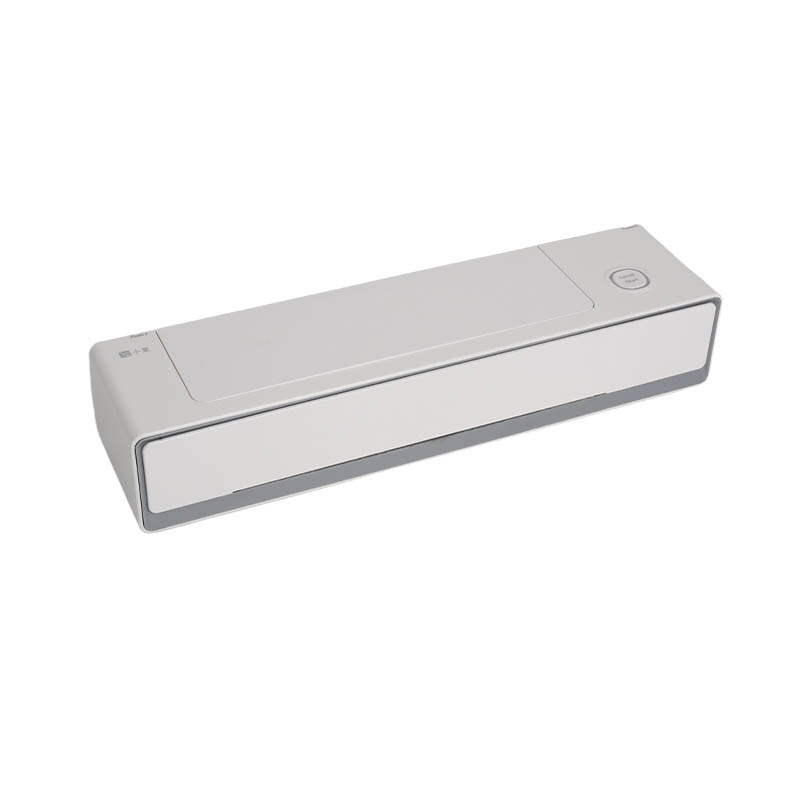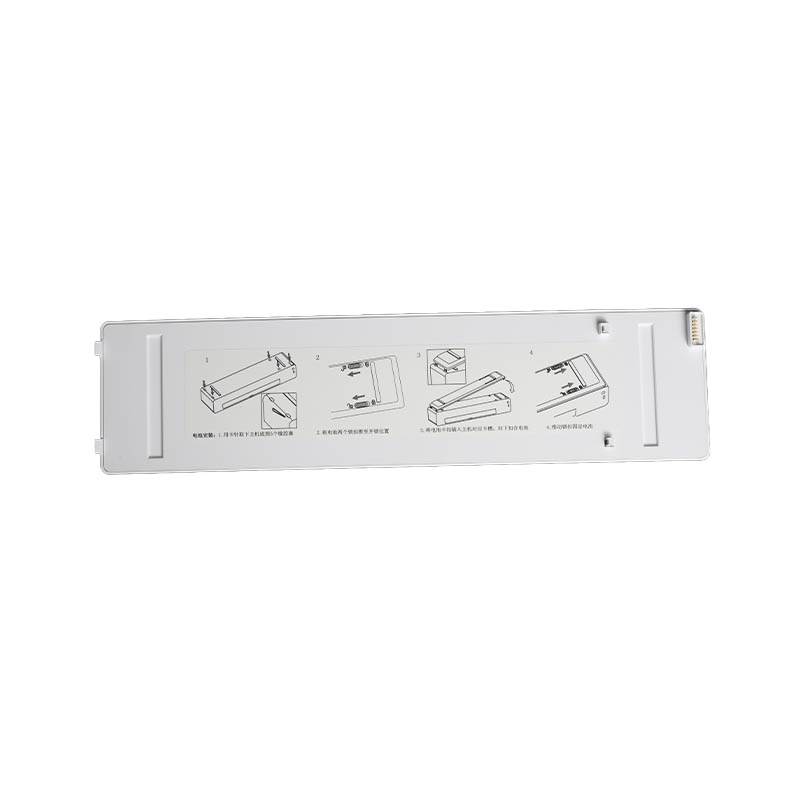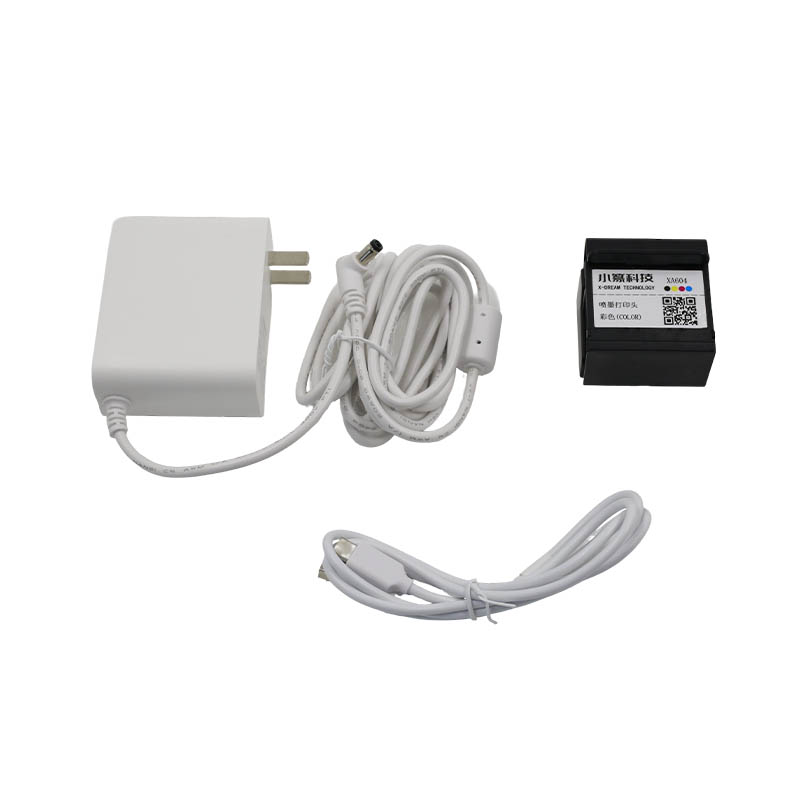How to design the overcharge protection circuit of the printer battery to avoid safety hazards?
Release Time : 2025-10-18
The design of a printer battery overcharge protection circuit must focus on voltage monitoring, control logic, actuators, and safety redundancy. This multi-layered protection mechanism prevents safety hazards such as swelling, leakage, and even explosion caused by overcharging. The core of this mechanism is real-time monitoring of the printer battery voltage, rapidly shutting off the charging circuit when it reaches a safe threshold, while also ensuring circuit reliability and anti-interference capabilities.
Voltage monitoring is fundamental to overcharge protection and requires a high-precision, low-power voltage sensor. For example, a digital voltage sensor converts the printer battery voltage into a digital signal using an analog-to-digital converter for easy processing by a microcontroller. Its millivolt-level accuracy effectively prevents misjudgments caused by voltage fluctuations. The sensor must also have a wide temperature range to ensure stable operation even in the extreme temperatures of the printer's operating environment. Furthermore, the voltage monitoring circuit must incorporate a filtering module to eliminate pulse interference during the charging process and ensure data accuracy.
The control logic is implemented by a microcontroller or application-specific integrated circuit, and appropriate overcharge thresholds and response times must be set. The threshold is typically set at 1.05-1.1 times the nominal voltage of the printer battery. For example, the charge cutoff voltage for a lithium-ion printer battery is 4.2V, and the overcharge protection threshold can be set to 4.35V. When the voltage exceeds the threshold, the control logic must output a shutdown signal within milliseconds to prevent continuous overcharging of the printer battery. Furthermore, a delay mechanism should be implemented to prevent frequent starts and stops due to voltage fluctuations. For example, a 1-second delay should be set for confirmation to ensure that the voltage overlimit is a persistent condition rather than a transient disturbance.
The actuator is key to shutting off the charging circuit and is typically a MOSFET or relay. MOSFETs offer fast switching speeds and low on-resistance, making them suitable for high-frequency switching scenarios. For example, an N-channel MOSFET turns on when the gate receives a high voltage level and quickly turns off when the gate receives a low voltage level, thus cutting off the charging current. Relays are suitable for high-current applications. Their contact capacity can reach tens of amperes, but they have a slower response speed and must be used in conjunction with a MOSFET. When selecting the actuator, consider the maximum charging current of the printer battery to ensure that the actuator is not damaged by excessive current during shutdown.
Redundant safety design is key to avoiding single points of failure, and dual protection mechanisms are necessary. For example, the primary protection circuit could use a microcontroller to monitor voltage, while the secondary protection circuit could employ a hardware comparator. These circuits could directly trigger a shutdown when the voltage exceeds a threshold, eliminating the need for software logic. Furthermore, a self-test function should be implemented to automatically check the voltage sensor, control logic, and actuators upon startup. If a fault is detected, charging is disabled to prevent the risk of overcharging due to circuit failure.
Thermal management is a crucial complement to overcharge protection. The printer battery temperature should be monitored and coordinated with voltage protection. When a printer battery is overcharged, the intensified chemical reaction within it causes the temperature to rise. This can be monitored in real time using a thermistor or digital temperature sensor. If the temperature exceeds a safety threshold, such as 50°C, the charging circuit must be shut down to prevent thermal runaway, even if the voltage has not reached the overcharge threshold. The thermal management circuit should operate independently from the voltage protection circuit to ensure that charging is effectively stopped when either protection is triggered.
Electromagnetic compatibility design should prevent malfunction of the protection circuit due to external interference. Components such as common-mode inductors and ferrite beads should be added to the charging circuit to suppress high-frequency noise. At the same time, the circuit board layout must separate the voltage monitoring circuit from the power circuit to reduce interference from high currents on sensitive signals. Furthermore, a watchdog timer should be implemented to prevent the microcontroller from failing due to program errors, ensuring that the circuit automatically resets and restores protection functions under abnormal conditions.
In practical applications, the reliability of the overcharge protection circuit must be verified through rigorous testing. These tests include an overcharge trigger test, which simulates the printer battery voltage continuously rising above the threshold to verify that the circuit can cut off charging within the specified time; a high-temperature test, which charges the printer battery in a high-temperature environment to verify the synergistic effect of thermal and voltage protection; and a long-term cycle test, which simulates repeated charge and discharge cycles of the printer battery to verify the durability of the protection circuit. Through these multi-scenario tests, the printer battery can be safely charged under various usage conditions.







